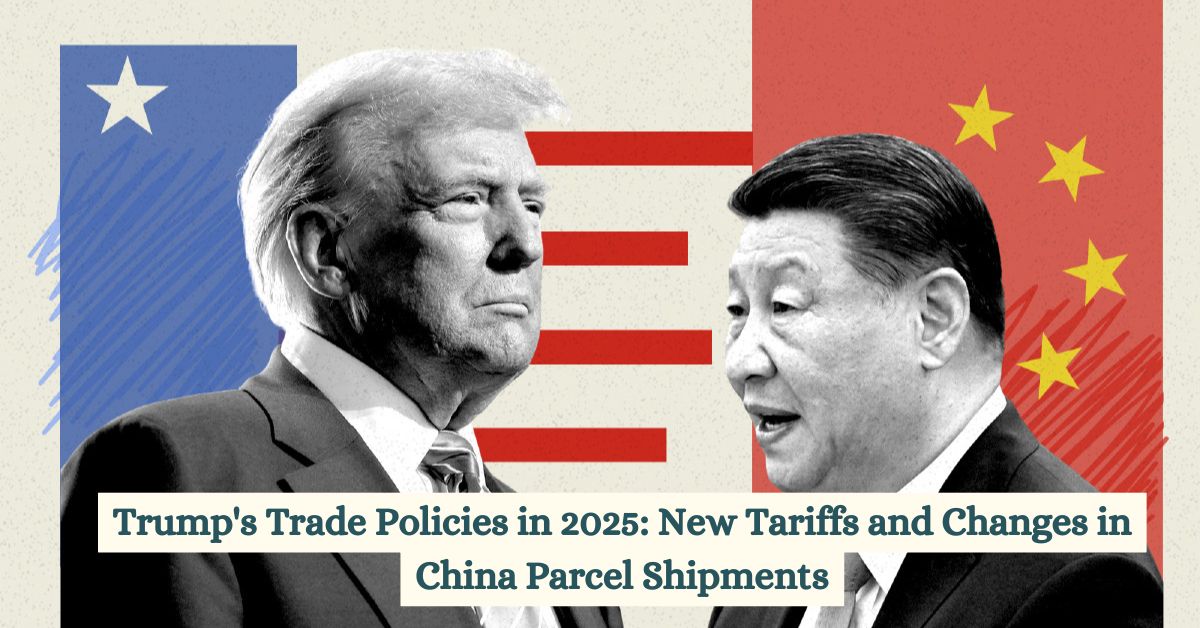With Donald Trump returning to the White House in 2025, global trade policies are once again shifting. His administration is set to impose nearly 40% tariffs on Chinese imports, a move that could significantly impact businesses, e-commerce sellers, and consumers alike. Alongside these tariffs, stricter regulations on parcel shipments from China are also being discussed.
This blog post breaks down the key updates, their implications, and how businesses can navigate these changes.
Trump’s 2025 Tariff Strategy: Key Highlights
The Trump administration is rolling out a series of aggressive trade measures under its “America First” policy. These include:
- Baseline Tariffs of 10-20%: Most imports into the U.S. will be subject to a general tariff.
- Up to 60% Tariffs on Select Chinese Goods: High-tech products, machinery, and consumer electronics could see steep tariff hikes.
- Retaliation from China Expected: China has indicated plans to impose counter-tariffs, which may lead to a trade war.
- Impact on U.S. Manufacturers and Consumers: While domestic manufacturers may benefit, businesses reliant on imports may face increased costs.
New Rules for Parcel Shipments from China
The U.S. government is also tightening regulations on e-commerce shipments from China to curb tax evasion and ensure compliance with new tariff laws. The major changes include:
- Stricter Customs Inspections: More parcels will undergo manual inspections, causing potential delivery delays.
- Higher Import Duties for Small Shipments: The de minimis threshold (previously allowing duty-free imports under $800) is under review, potentially reducing the number of duty-free shipments.
- Additional Documentation Requirements: Sellers may need to provide proof of origin, HS codes, and tariff classifications before clearance.
These changes could impact dropshipping businesses and online sellers who rely on suppliers from China.
How Businesses Can Adapt
To navigate these shifts, businesses should consider:
- Sourcing Alternative Suppliers: Looking into manufacturing in Mexico, Vietnam, or India to bypass high tariffs.
- Exploring Local Production: Investing in U.S.-based manufacturing to avoid import taxes.
- Adjusting Pricing Strategies: Factoring in higher import costs to maintain profit margins.
Conclusion
With Trump’s new tariff policies and stricter parcel shipment regulations, businesses involved in international trade need to be proactive. Whether you’re a large importer or a small e-commerce seller, now is the time to rethink supply chains, diversify sourcing, and optimize logistics to stay competitive in the evolving trade landscape.
For more updates on trade policies and e-commerce strategies, stay tuned!

